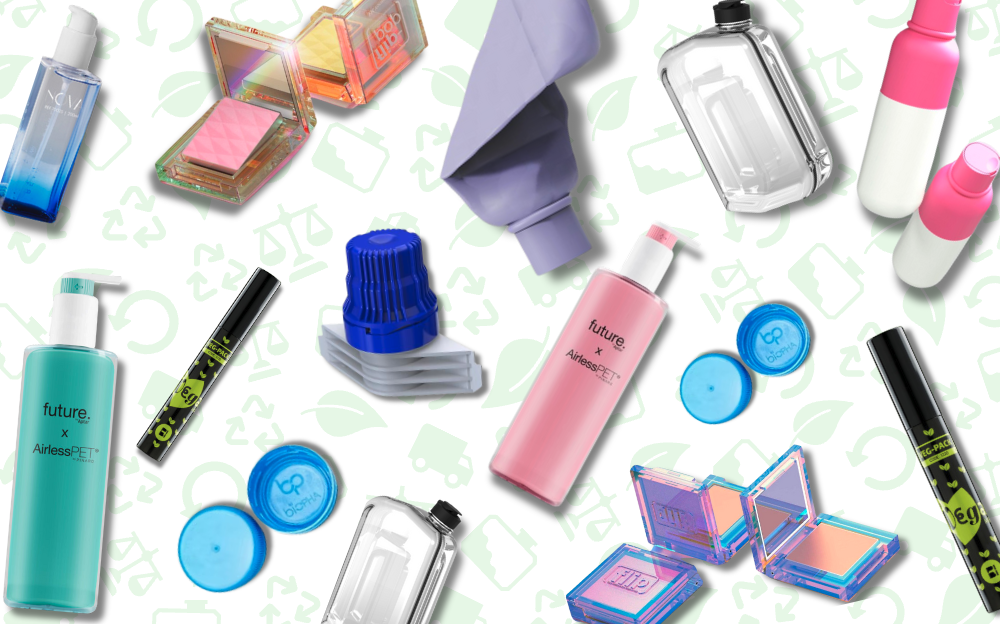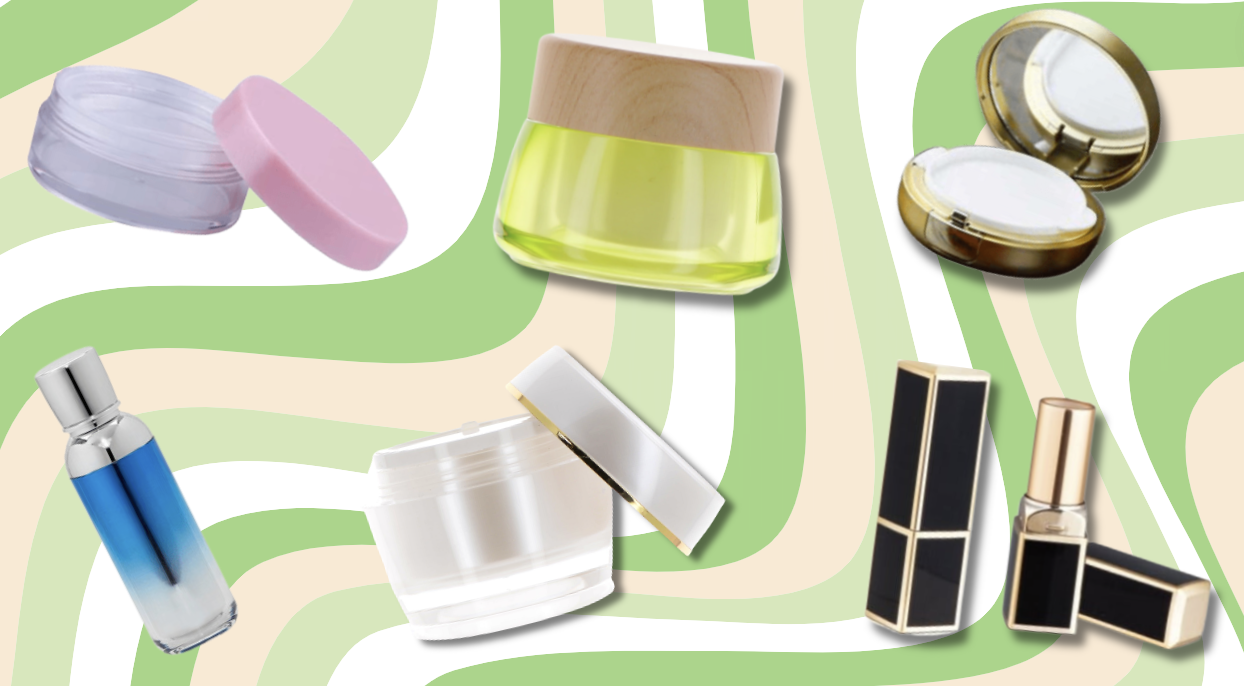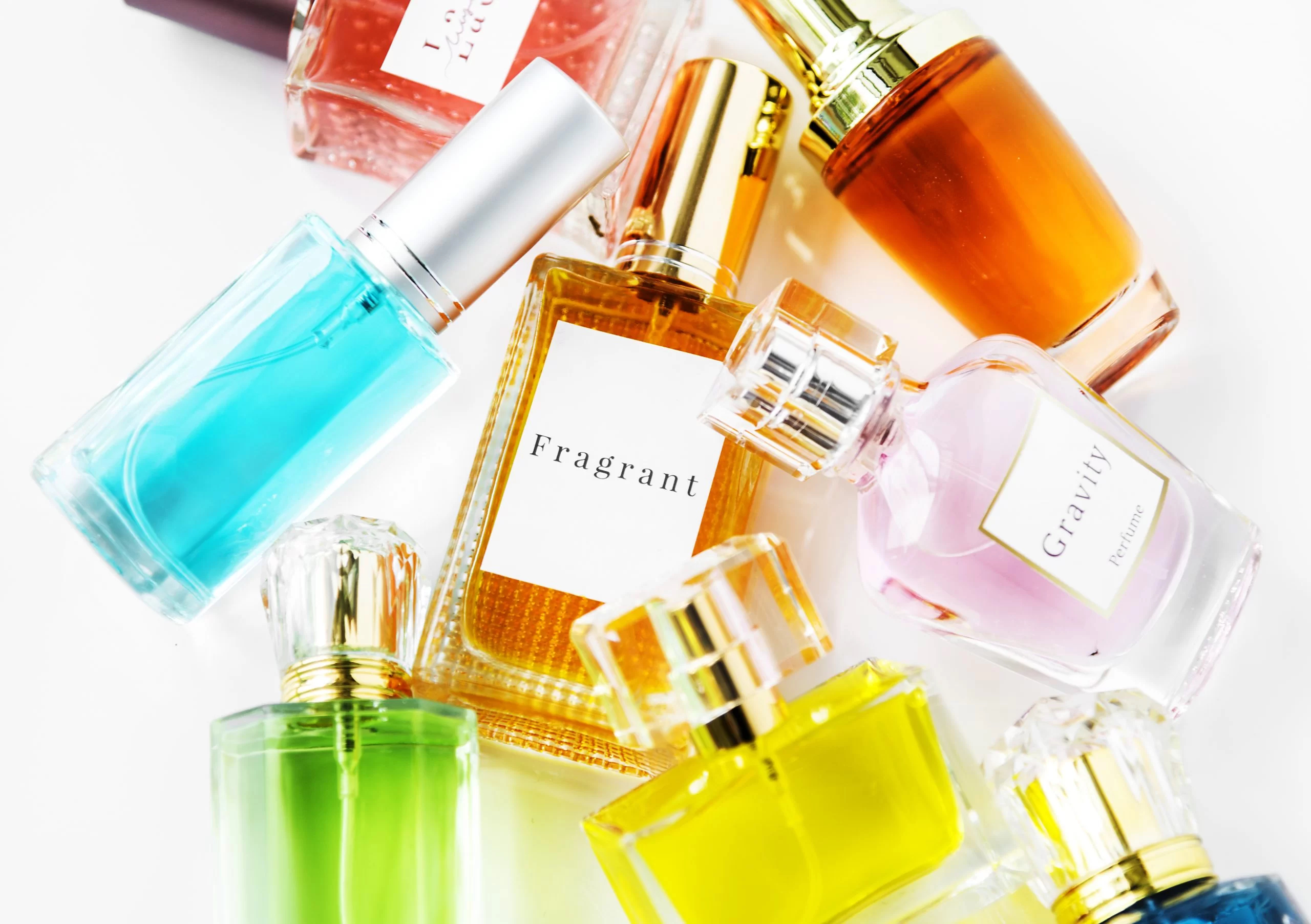
Pretty Problems: The Companies Taking Care of Hard to Recycle Beauty Packaging
It may come as a surprise that some of our favorite products, especially those that we rely on for convenience while on the go, while recyclable, can actually hinder the recycling process. Beauty packaging will often end up recycling facilities contaminated, introducing the possibility of affecting the efficacy of entire batches of recycling. Unfortunately, the beauty industry’s packaging is simply too small, too flexible, hard to empty, and made of too many materials to be traditionally recycled all the time. As a result, some recycling facilities have upwards of a 20 to 25% non-recycle rate, the percent of recyclable items which can actually be reused which compounds an already low rate of recycling generally.
To improve this problem, innovative companies like Pact and TerraCycle have stepped in to take hard to recycle packaging out of waste stream. The real question is, what exactly about beauty products makes circularity difficult to achieve and what are companies like Terracycle and Pact Collective doing differently?
The Hard to Recycle Problem
There are a wide variety of factors which make recyclable beauty products hard to recycle, many of which are very hard to change. While some of these factors effect certain products and categories more than others, all contribute to non-recycle rates.
Size: Anything under two inches, from mini toothpaste tubes to travel-sized shampoos, can't be effectively processed at recycling plants.
Color: Products with dark packaging also pose a problem, as materials recovery facility (MRF) machines can't easily identify them for recycling.
Mixed Media: The vast majority of beauty products come in mixed-media packaging. This looks like plastic-coated aluminum tubes, pumps made of several types of plastic and aluminum springs, or mixed resins found in rigid packaging.
Hazardous Materials: Everyday cosmetic items like lipstick made with lead or acrylates and nail polish should always be considered hazardous waste and never be recycled, and must always be disposed of through a hazardous waste program.
While a product may institute circular materials and a consumer’s actions may be in the planet's best interests, all of the above can lead to aspirational recycling that ultimately does not fully translate into recycled goods.
The Companies Taking on Hard to Recycle Beauty
As consumers and producers face recycling dilemmas around preference and production, a crop of companies trying to step in to tackle the not so pretty problems in beauty packaging. By doing so, they are making a significant contribution to reducing the industry's environmental impact.

TerraCycle
The most well-known crusader taking on all the hard to recycle plastic is likely TerraCycle. In 2021, they were named one of Time100’s most influential companies and one of Fast Company’s most innovative. For a fee, this innovative company will collect and repurpose items that would otherwise end up in landfills. From laminated beauty sample packs to discarded pumps, TerraCycle arranges for these items to be collected either at a drop point or through the mail.
TerraCycle has partnered with major beauty outlets, including premium companies like Nordstrom and mass retailers like Walmart. Beauty stalwarts like L’Oreal and Farmacy also have programs, investing in their own cradle to grave (product life cycle) commitments. TerraCycle’s involvement extends far beyond beauty, claiming that 75% of US public K-12 schools have some sort of TerraCycle collection program in effect.
The possibilities for repurposing are endless - turning laminated beauty sample packs into benches or transforming discarded pumps into new products. “Downcycling” involves taking previously unusable contaminated plastic flakes to the few manufacturers that can use them. They’re usually an additive to new plastic products that might be used, for example, in the squishy material of a playground surface or outdoor furniture.
Not only is this a convenient solution for hard-to-recycle materials, but it also allows the companies who partner with them to enter the circular economy.
The Pact Collective
The Pact Collective is a non-profit organization founded by MOB Beauty and clean beauty retailer Credo that also seeks an industry-wide shift towards circularity. Unlike TerraCycle, they have a concentration solely on beauty and cosmetics packaging, and go the extra step to work with packaging designers, brands, and policymakers to make beauty packaging more sustainable overall.
And they're not doing it alone — Pact has rallied over 170 beauty and wellness members committed to working together towards a more sustainable future. By sharing knowledge and resources, this pre-competitive collective approach holds the industry accountable for the impacts of their packaging.
Pact operates on three principles; educate the industry, united them behind a common purpose, and close the loop by forming collaborative collection programs with some of the world's biggest beauty titans. Like TerraCycle they use partner collection and mail-back programs through a vendor membership fee structure.

Further Opportunities for Better Circularity
While the growing trend among companies to partner with companies like TerraCycle and The Pact Collective, there are still opportunities for companies to make meaningful changes in their communications, production designs, and manufacturing processes. These are ways beauty companies can step up to make their products easier to recycle to grow a circular economy.
Recycling Diagrams
Companies like Glow Recipe don’t just use low-impact packaging materials; they also go the extra mile to educate their customers on how to disassemble, separate, and recycle the components of their packaging. While it would be nice to see 100% compostable packaging, this is usually not a reality in large beauty companies that also need to weigh functionality. Leaning into consumer education is a positive step.

Use of Mono Materials
The surest way to ensure an efficient recycling loop between producer and consumer is to keep it simple. Producers who avoid multi-media components with mixed resins and hard to separate parts are moving a small step in the right direction. This reduces the need for a lot of consumer education on how to properly recycle the packaging and also prevents contamination in recycling batches.
Recycle Take Back Programs
Nordstrom recently became the first major retailer to offer a recycling program for all brands they carry, with a pledge to take back 100 tons of beauty packaging by 2025 through their BEAUTYCYCLE program. Owning the waste and the economic responsibility that comes with it should create downward pressure for producers and retailers to design out waste in the long run.
Whats your Impacked?
While we fully expect there to be new an innovative companies to tackle recycling problems across all aspects of the circular supply chain, we firmly believe providing a wider selection of eco-friendly options to brands looking for packaging plays a crucial role. For all of your planet forward packaging needs, consult with Impacked Packaging, the largest free primary packaging marketplace built for the planet. Schedule a call with one of our team members today to find your next packaging solution.





